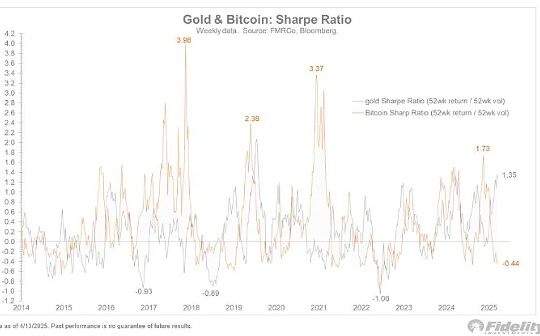Is Google's MCP protocol the golden communication standard for the development of Web3 AI Agent?

Reprinted from chaincatcher
04/23/2025·25DAuthor: Haotian
What would happen if Google's A2A and Anthropic MCP protocols become the golden communication standard developed by web3 AI Agent? The intuitive feeling is "not adapting to the local environment". In my opinion, the environment faced by web3 AI Agent is significantly different from the web2 ecosystem, and the challenges facing the implementation of core communication protocols are also completely different:
- Application maturity fault: A2A and MCP can be rapidly popularized in the web2 field because they serve sufficiently mature application scenarios, and are essentially "value amplifiers" rather than value creators. Most web3 AI Agents are at the initial stage of publishing agents with one click, and lack in-depth application scenarios (DeFAI, GameFAi, etc.), making it difficult for these protocols to be directly used to exert value.
For example, when users compile code in Cursor, they can use the MCP protocol as a connector, and they can update and publish code to Github in one click without having to jump out of the current working environment. The MCP protocol has the effect of adding icing on the cake. However, if users use local feeding fine-tuning strategies to execute on-chain transactions in a web3 environment, they may be confused when they reach out to parse and analyze the on-chain data.
- Infrastructure missing pit: web3 AI Agent To build a complete ecosystem, it is necessary to first fill in the seriously missing underlying infrastructure, including the unified data layer, Oracle layer, intention execution layer, decentralized consensus layer, etc. Often, in the web2 environment, Agent can easily call standardized APIs to achieve functional collaboration, but in the web3 environment, a simple cross-DEX arbitrage operation faces huge challenges.
Imagine a scenario where the user instructs the AI Agent to "buy from Uniswap when the ETH price is less than US$1,600 and sell after the price rebounds." The seemingly simple operation of the Agent needs to solve a series of web3-specific problems such as real-time on-chain data analysis, dynamic Gas fee optimization, slippage control, and MEV protection. The web2 AI Agent can achieve functional collaboration by simply calling the standardized API, and its infrastructure is completely different from that of the web3 environment.
- Construction of web3 AI differentiated requirements: web3 AI Agent If the web3 AI Agent is simply applied to the protocol and functional model of web2, it is difficult to play the characteristics of on-chain transaction formats, especially complex issues such as data noise, transaction accuracy, and Router diversity.
Taking intent transactions as an example, in the web2 environment, the user instructs to "book the cheapest flight", and the A2A protocol allows multiple agents to easily collaborate; but in the web3 environment, when users expect to "cross-chain my USDC to Solana at the lowest cost and participate in liquidity mining", they not only need to understand the user's intentions, but also weigh security, atomicity, and cost wear, and perform a series of complex operations on the chain. In other words, if a seemingly convenient operation allows users to bear greater security risks, then such a convenient experience is meaningless, and the demand is also a pseudo-need.
above.
In short, what I want to express is that the value of A2A and MCP is unquestionable, but we cannot expect them to adapt directly to the web3 AI Agent track without any modification. Isn’t this the vacant infra deployment gap for Builders?


 panewslab
panewslab
 jinse
jinse